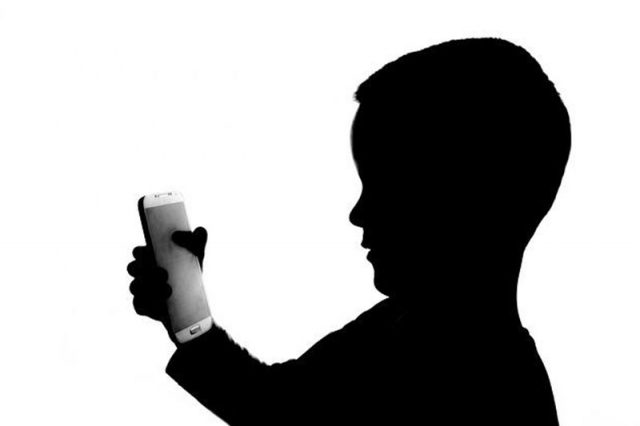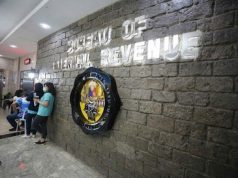Some platforms in which fake news is rife were among the top mobile applications that Filipino kids spend their most time online, according to data from a global cybersecurity firm.
Kaspersky reviewed anonymized data provided by its Safe Kids users from January to March 2022 and found out that children were “extremely interested in video content right now.”
Kaspersky Safe Kids is a module in the company’s products and a standalone multi-platform solution used by parents to protect their children from undesirable content.
Its data revealed that 26.46% of Filipino children spend their time on YouTube while 16.75% of them were on TikTok.
Around 16.07% spend their time on Facebook Messenger, while 13.67% are using their screentime for the popular game Roblox.
Meanwhile, those on Facebook comprise 9.11%.
In terms of the global data, YouTube still ranked first at 31.6%, followed by TikTok at 19%.
Whatsapp was preferred by 18% while Roblox was at 7.5%.
Sandra Lee, Kaspersky’s managing director for Asia Pacific, said that “it is no surprise Filipino children are enthusiastic explorers of the digital world” since Pinoys are “one of the world’s most active digital citizens.”
“I understand that the majority of these kids are relying on the Internet not just for study but also for play and entertainment, most likely because of remote learning blues,” she said in a release.
“We encourage parents to stay informed and commit to sitting down with their kids extensively as it’s an effective way to keep their children responsible and safe digital citizens,” Lee added.
TikTok and YouTube during the elections
The data concerned some Filipino adults who noted that the top apps like YouTube and TikTok were notorious for carrying lots of dubious content or fake news.
“(‘Yung) top 2 apps, same din na gamit ng mga botante as source of news and information!” a Facebook user said.
“Youtube, TikTok and all other social media (need) to be regulated to prevent false news and disinformation and misinformation from festering,” another Filipino commented.
A study by researchers from the University of the Philippines found that YouTube has hyperpartisan channels that pose as legitimate news to influence how people look at the 2022 elections before.
A report that featured the study said that these channels have headlines “riddled with vulgarity and incoherence, footage is cherry picked to discredit news outlets, targeted candidates’ speeches and actions are deliberately misrepresented, and videos are manipulated.”
Social network analysis determined by YouTube’s recommendation algorithm showed that the so-called “news” channels are frequently located in “one major community.”
This community includes the state-run People’s Television Network, the Quiboloy-owned SMNI network, Toni Gonzaga Studio and the Bongbong Marcos (BBM) Channel.
TikTok was also one of the platforms which hosted dubious content from creators during the 2022 elections.
A TIME report said that several videos contained “outright misinformation” regarding the Marcos family.
“But through countless TikTok videos, and other social media posts, a false picture of stability and economic growth has been created that leaves many Filipino voters pining for the ‘better years’ of the Marcos regime,” it said.
The report also interviewed a content creator who makes pro-Marcos videos. He admitted that he sometimes uploads clips “to vex the other party.”
Toff Rada, TikTok Philippines’ head of public policy, denied that the platform was a “primary driver” of disinformation during the elections and said they have a two-pronged approach to address such issues.
“We have two methods: We use AI (artificial intelligence), machine learning to take down patent forms of misinformation. We also have a trust and safety team, which is human moderation,” he said.










